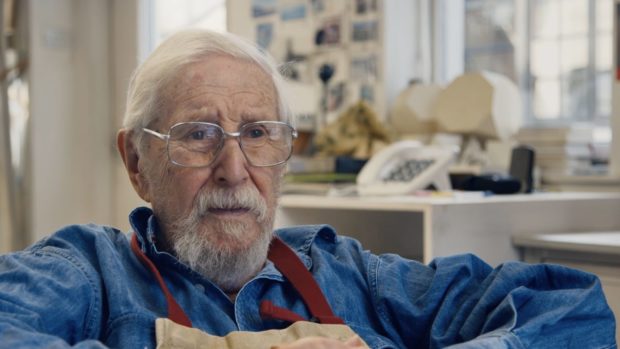
It would be a cruel blow for anyone. For James Morrison, one of Scotland’s foremost artists, however, losing his sight was a savage twist of fate but one he would not accept without a struggle.
His son John, an art historian, said it was tough for the family to watch his dad, who died in August aged 88, as he toiled to do the thing he loved.
“It was very hard to see him trying to paint,” he said. “It was who he was and what he did, and when he couldn’t do it in a way he felt satisfied with, it made him unhappy and that was very hard for all of us.
“There had been other times in his life when, for some reason or another, painting was difficult, but this was a physical disability – macular degeneration – and he had no cure for it. He would obsessively change the pair of glasses he wore – he had six or seven pairs lined up – but none could do anything for him. He also had a monitor fitted in his studio to blow images up for him, but it didn’t solve anything either. It was all very hard to watch.
“He continued to paint for as long as he could, and there were a few from around November 2019 that were in his exhibition at The Scottish Gallery last January.
“One of them sold and that was important, someone valued it and thought it was a worthy thing. You could see he was very doubtful about everything he was doing latterly, so the fact one of the very last he produced was sold validated it for him, I think.”
Morrison was most famous for Scottish landscapes of rolling hills, stormy seas and gathering clouds, as well as his overseas projects in the Arctic, Africa and around Europe. His paintings are owned by the likes of the royal family and JK Rowling.
He was at his happiest with a paintbrush in his hand and his son believes his father would have continued on, even if he had never made a living from it.
“He said he painted for himself and if other people got something out if it, great, and I think that remained true his entire life,” said John, who is based at the University of Lincoln.
“He resigned from teaching in his early 50s to paint, but he would still have painted even if he couldn’t make a living from it.”
A new documentary from Anthony Baxter, who directed the You’ve Been Trumped films about Donald Trump’s contentious creation of a golf course in Aberdeenshire, follows the artist in the final few years of his life.
Born in Glasgow in 1932, his father, a shipyard fitter called John, provided great encouragement, taking James to Kelvingrove Art Gallery and Museum for the first time and putting an emphasis on the importance of education.
“My grandfather died before I was born, but he was one of those self-educated people,” explained John. “He had a big book collection and read a lot, and thought about politics often. He was quite an influence on my father.
“My father was a nationalist, a member of the party all his life, and his father was also a nationalist, he sold the nationalist newspaper in the shipyards.
“Dad always said when he left school he would become an artist, it was the only thing he was any good at or he did any work at, and that was what he always wanted. He went to art school and later became a teacher.”
John says his dad “painted what was in front of him”, be it the tenements of Glasgow or when he moved to Catterline, near Stonehaven, and Montrose.
“He also painted in the Arctic four times, some very big pictures, and in places like Botswana, Canada, Switzerland and France. He received a grant to work in Rhodes for three months in the 1960s and I think that encouraged him to paint in other places. So when the opportunities came along he took them.
“The Arctic had a big effect on him. It was like no other place he’d been, somewhere with no sign of human activity, just the bare land, and that had a big impact.”
Growing up, John and his sister, Judith, were always surrounded by their dad’s work. “His painting was a normal part of existence for us. There was always a studio in the house, even when it was a small house the biggest room would be where he painted. He would paint outside often and we would go out to see him working.
“I remember when I was four, he had a stretched canvas, 7ft by 3ft, and I pressed it hard in the middle. The surface cracked and he wasn’t very happy about it!”
The influence on his family is obvious. John combined his parents’ careers to become an art historian, his sister went to art school and is now a teacher, and John’s wife, Alyson, was in the same printmaking course as Judith. His youngest son, Lewis, has an art school degree and is now a stonemason at York Minster.
“He makes decorative stones to replace the weathered and damaged ones,” John said. “My father was very pleased about that, because Gothic cathedrals were something he loved. He took me on a tour of them when I was 15, so when Lewis began working on a Gothic cathedral it was of great pleasure to him.”
The new documentary about his father, Eye Of The Storm, came about when James contacted Anthony Baxter about his Trump films.
“He liked the way Anthony went for Trump and wrote to tell him so. Anthony replied and they got talking. He filmed him on and off for a couple of years. The film is an affectionate and gentle portrait of my father.”
Montrose-based Anthony said: “I asked whether I could follow him on camera should he consider painting again and he agreed. For a star artist he was very seldom ‘centre stage’. His work could occasionally be seen in the Montrose Museum or coming under the hammer at the town’s auction rooms.
“While it is a personal sadness he did not get to see the completed film, I hope Eye Of The Storm will help his stunning works find new admirers around the world.”
With his father’s paintings in Kelvingrove and a number of Scottish universities, as well as sought after by celebrities, James’s talent and legacy is unlikely to fade away.
“I hope people will continue to look at them and value them,” John added. “The landscapes he painted fit into a Scottish tradition and I hope he’s seen as someone who has made a contribution to something that is identifiably Scottish. I think that is something he would have liked and it’s something I would like.”
Eye Of The Storm, BBC Scotland, Tuesday, 10pm, and Easter Sunday, BBC2, 9pm

Enjoy the convenience of having The Sunday Post delivered as a digital ePaper straight to your smartphone, tablet or computer.
Subscribe for only £5.49 a month and enjoy all the benefits of the printed paper as a digital replica.
Subscribe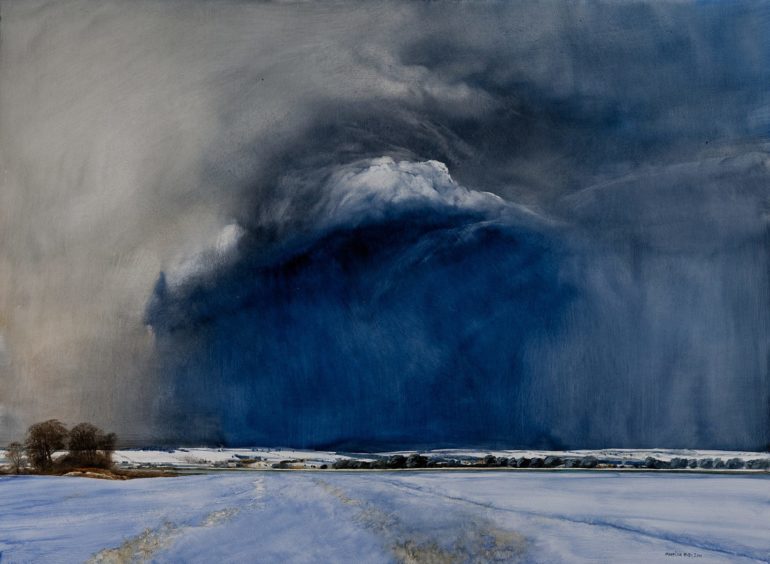 © James Morrison
© James Morrison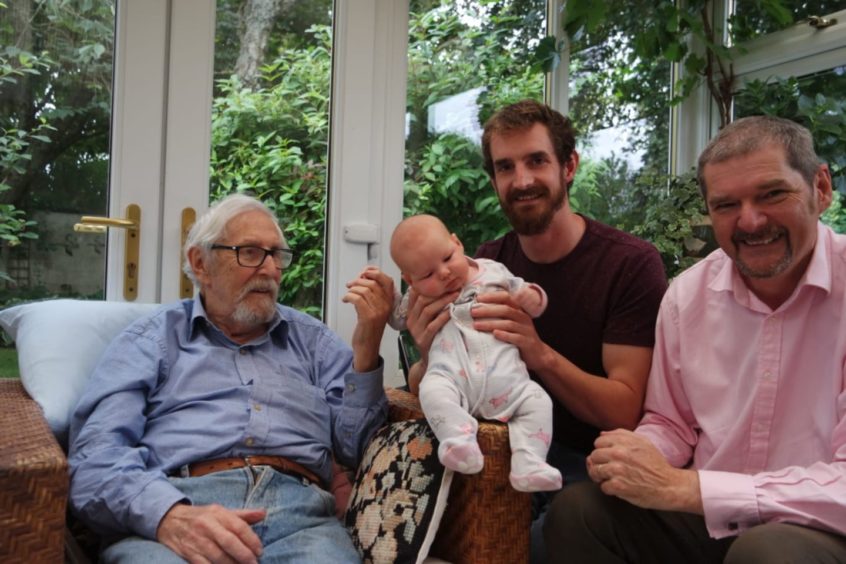
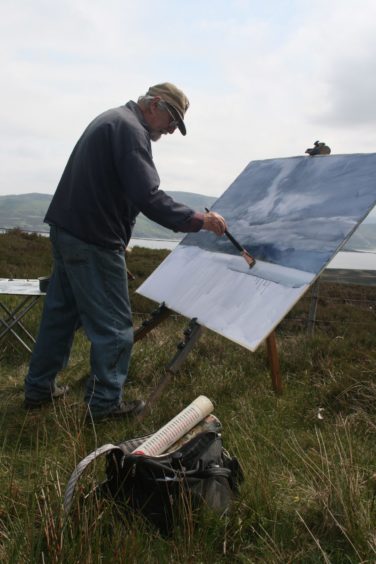 © Estate of James Morrison
© Estate of James Morrison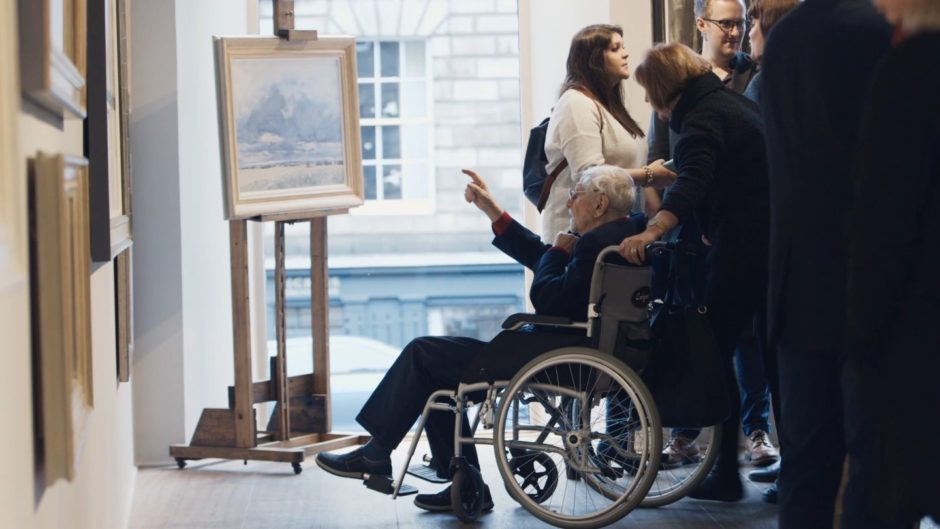 © BBC Scotland/Montrose Pictures
© BBC Scotland/Montrose Pictures